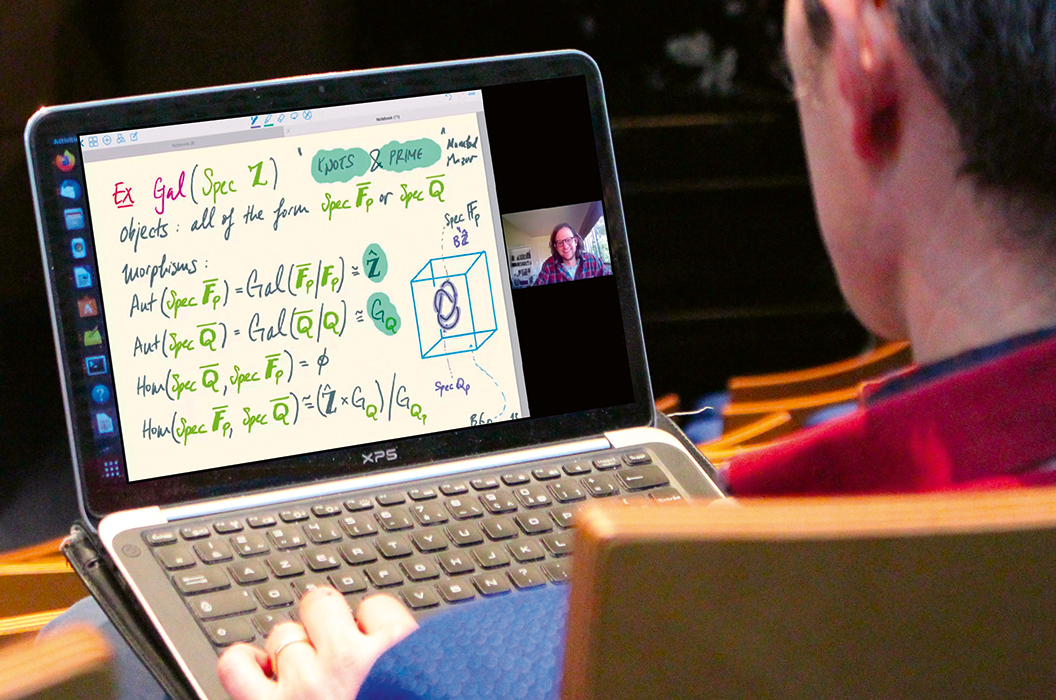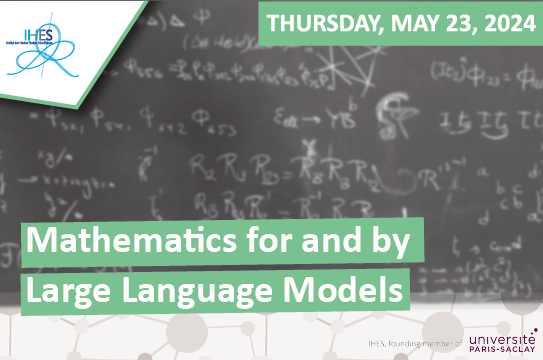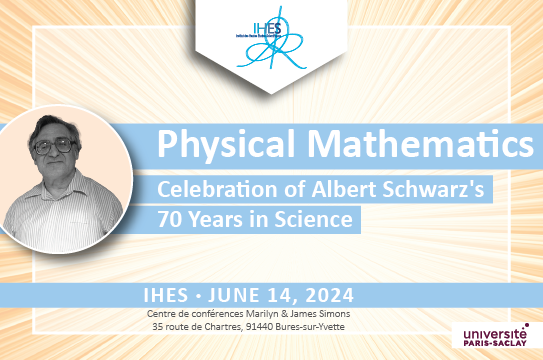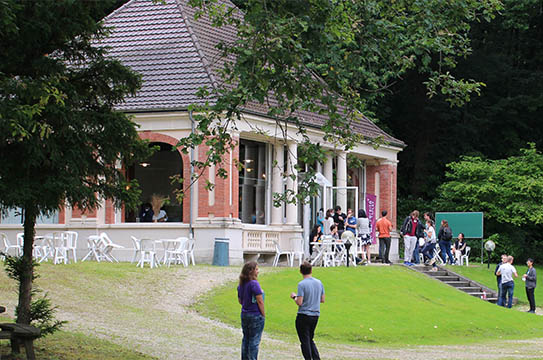 Summer School
Summer School
“Motivic, Equivariant and Non‑commutative Homotopy Theory”: a 2.0 Summer School
From Euler to Poincaré, homotopy theory developed gradually. With its foundations set up by Poincaré in the early 20th century, it has continued to develop steadily, branching out in many different areas. The ensuing diversity of topics has sometimes kept specialists away from these different ramifications. To some extent, the basic idea for our Summer School was to bring them together.
Two mathematicians in particular catalyzed this development in the middle of the last century: Grothendieck and Quillen. The former considerably extended the scope of Poincaré’s ideas, drawing on the concepts of derived categories and toposes, and bequeathed a whole new world to discover: the theory of motives. The latter provided a magnificent synthesis of singular cohomology and fundamental groups, homotopic algebra, which led to the current developments of ∞‑categories. Closer to us and to our Summer School are two Russian mathematicians, Voevodsky and Kontsevich, whose ideas guided our schedule.
Vladimir Voevodsky, who died too soon, developed mixed motives after Beilinson. He also amplified it with Fabien Morel, by creating motivic homotopy theory, which extends Poincaré’s analysis situs to algebraic varieties. Voevodsky’s theory, still an active field of research, has borne ample fruit. Thus, in one of the school’s mini‑courses, Marc Levine presented the basis of his quadratic enumerative geometry, which enriches classical enumerative geometry using the theory of quadratic forms. This mini‑course was particularly relevant to Kirsten Wickelgren’s lecture in the second week. She proposed a “quadratic count” of the linear subspaces of a complete intersection over an arbitrary field. The influence of motivic homotopy extends beyond algebraic geometry. In particular, it is linked to equivariant topology, through the intermediary of real algebraic varieties. The lecture given by Mike Hill, “Real and Hyperreal Equivariant and Motivic Computations”, highlighted these influences, in a shadow play between equivariant and motivic computations.
Among Maxim Kontsevich’s many contributions to modern geometry is the use of derived algebraic geometry, dear to the Russian school, to arrive at a new theory of motives, known as non‑commutative, which takes a new look not only at Grothendieck’s pure motives but also at Voevodsky’s mixed motives. This initial theory, exposed at IHES in 2005, has attracted the attention of many mathematicians, including Gonçalo Tabuada who, in a mini‑course, presented the numerous results obtained in this field. He also explained how using them gives us fresh insight into Grothendieck’s motives.
Unfortunately, it is not possible to cite all the contributions here, but this was, in broad outline, our schedule when the health crisis came to disrupt the organization. Elisabeth Jasserand then proposed that we organise a two‑week videoconference, a first for us and for IHES. After some hesitation, we felt that this would be a positive experiment, from all points of view.
The change in format required prompt action. We were surprised with the speed that everyone agreed to the videoconference: the speakers quickly accepted the new format, and participants rushed to sign up, far exceeding the initial number of registrations: from 87 to 387! A preliminary rehearsal was set up with the speakers, but most of them were already prepared to use tablets and/or slides. The presentations from speakers in two continents could be followed, as the sessions were held in the afternoon. These went particularly well, despite the high number of participants (up to 180 simultaneously). Questions via the chat function were relayed either by the chairman or directly by the speaker, which provided some rhythm, so that everyone in front of their screen could imagine they were attending a physical event.
The changes to our environment, both from an ecology and a human perspective, show us that this new media is a solution that must now be seriously considered.
Frédéric Deglise,
CNRS – Université Bourgogne‑Franche‑Comté
This article appeared in the 2020 edition of Bois-Marie, the IHES annual newsletter. Click here to read the newsletter.
Find the program and all the lectures of the 2020 IHES Summer School.



